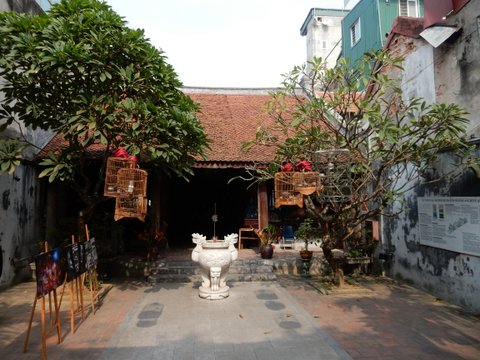BURGENLAND, Austria –There is another world crisis brewing – and one for which President Obama cannot be blamed. The Europeans and have made a mess of things, and now the wolves are at the door.
The first snarling wolf is deflation. Europe’s economies are so weak, so close to recession, that the very real danger of deflation – falling prices – has its economists petrified. It ought also to have its politicians in anguish, but whether it does is less clear.
Europe’s big-driver economy, Germany, as well as France and Italy, are on the edge. The German miracle is ailing, and Berlin may have been writing the wrong prescriptions for the rest of the 18 countries that share the euro as their currency. It has been aided in this effort by the International Monetary Fund.
That prescription, which often seems to harm the patient, as in Greece and Spain, is for austerity – which appears to work better on paper than in the real world. Germany worries about profligate borrowing throughout the European Union. But if the German economy is to escape recession, Chancellor Angela Merkel may have to borrow some money herself and inject it into infrastructure spending to keep Germany competitive and its workers on the job.
The European Central Bank (ECB) has been slow to institute a badly needed program of buying qualified bonds, known as quantitative easing. In the United States, the Federal Reserve, in a program that is now ending, has pumped more than $1 trillion into the economy and helped pull the economy out of recession. But ECB has been timid because it has no clear direction from the European political establishment — pointing up how cumbersome and directionless the European Union structure has become. It has a parliament, which has no power, and is increasingly attracting members who are actually opposed to the European project.
The European Commission has arguably too much power centered in the bureaucracy in Brussels, but no clear direction form its controller, the Council of Ministers. Trouble is the ministers can disagree and veto needed courses of action.
The economic crisis points up the ungovernable nature of Europe and its present institutions. If Washington is gridlocked, Europe is by structures that cannot deal with crisis and what often appear to reflect as many policies as there are members (28) in the EU.
But it is not just the economic wolf that is at Europe’s door. The Russian bear is there, too. Already there is an undeclared war raging in Ukraine.
At the Association of European Journalists' meeting here, a spokesman from the Ukrainian government, who asked not to be identified by name, expressed the sense in Ukraine that it has been betrayed by EU bungling.
“Europe sees Ukraine as its European neighborhood partner. But in Ukraine, the truth is different: Ukraine’s view is that Europe let us down. We are hurt, bleeding. We have been betrayed by a neighbor that, six months ago, we saw as a brotherly nation,” he said.
What was not said was that Europe may freeze this winter if the Putin regime — a growling wolf — wants to punish Ukraine and its neighbors. Europe is hopelessly dependent on Russian gas, which is used mostly for heating. Germany gets 40 percent of its gas from Russia, and Finland, Estonia, Latvia and Slovakia get 90 percent. Russian gas makes its way — largely through Ukraine — down into Italy, and even the United Kingdom has some small exposure.
If the gas goes off, Europe freezes and its economies go south in an avalanche. The most hopeful thing for Europe this winter is that with the world oil price falling, Russia’s own fragile economy may dictate that it keeps the gas flowing — but it will force up the price where it can.
Washington, with a new Congress, might want to brace for Europe’s winter of crisis and disaster. If Europe goes into severe recession, can the U.S. economy escape major harm? The new Congress will be on a sharp learning curve. — For the Hearst-New York Times Syndicate







